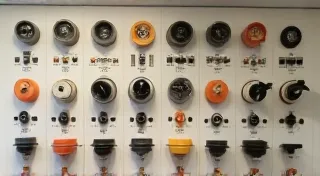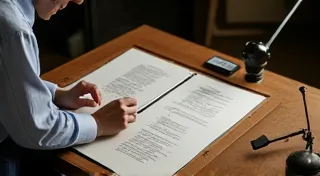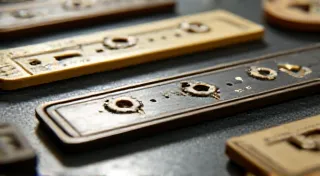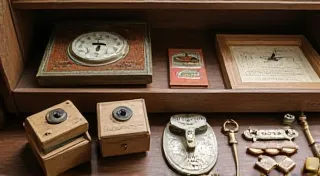Common Slide Rule Problems and Solutions: Troubleshooting Guide
Vintage slide rules are fantastic pieces of engineering history, but like any mechanical device, they can encounter problems. This guide will help you diagnose and address common issues encountered when repairing and maintaining your slide rules. Before attempting any repair, remember to work in a clean, well-lit area and handle the slide rule with care. Always refer to the manufacturer’s documentation (if available) as a primary resource. Understanding the intricacies of slide rule scales is crucial for appreciating their function and identifying potential issues; for a more in-depth exploration, check out Understanding Slide Rule Scales: A Comprehensive Guide.
1. Sticking or Rough Cursor Movement
A common complaint is a cursor that doesn't slide smoothly. This can be caused by several factors:
- Dust and Debris: The most frequent culprit. Carefully blow out the slide rule with compressed air (at low pressure!) or a soft brush. Don't use a vacuum cleaner, as it can create static electricity and potentially damage delicate parts.
- Dried Lubricant: Over time, the lubricant between the cursor and the slide rule body can dry out and become sticky.
- Misalignment: The cursor might be slightly misaligned, causing friction against the scale.
Solutions:
- Cleaning: Gently clean the cursor rails and the cursor itself with a soft cloth lightly dampened with denatured alcohol. Be sure to wipe away any excess liquid.
- Lubrication: Apply a very thin layer of a dry lubricant, such as graphite powder or Teflon spray (PTFE lubricant), to the cursor rails. Less is more – too much lubricant will attract more dust and make the problem worse. A cotton swab is useful for precise application.
- Alignment Adjustment (Advanced): If cleaning and lubrication don't resolve the issue, the cursor might be slightly bent. Carefully examine the cursor and the slide rule body for any visible misalignment. *This is a delicate operation and should only be attempted if you have experience with fine mechanical adjustments.*
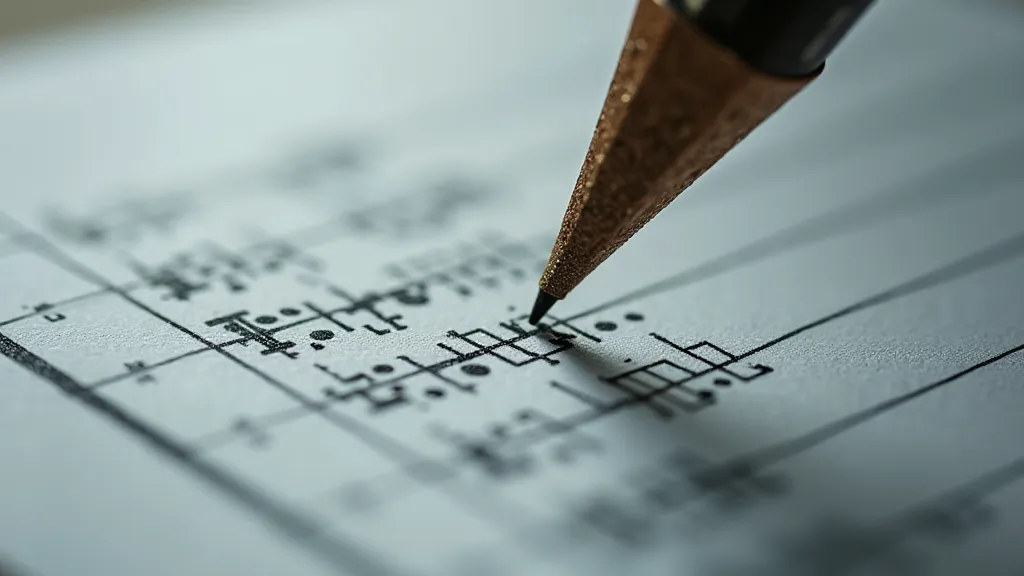
2. Inaccurate Readings
If your slide rule consistently provides incorrect answers, it could be due to a variety of reasons. Troubleshooting such problems often involves carefully assessing the scales themselves, which is a task that requires both keen observation and a grasp of the underlying principles. Identifying and replacing broken or missing slide rule scales can be a complex undertaking; learn more about the process by visiting Identifying and Replacing Broken or Missing Slide Rule Scales.
- Scale Damage: Scratches, chips, or fading on the scales can make readings difficult or impossible.
- Warping: Changes in humidity or temperature can cause the slide rule body to warp, distorting the scales.
- Index Error: Some slide rules have an inherent index error, which must be accounted for when performing calculations. (This is typically noted on the slide rule itself).
Solutions:
- Scale Assessment: Carefully examine the scales for any visible damage. Minor scratches may not significantly impact accuracy, but larger chips or fading will require more extensive repair (see section 4).
- Humidity Control: Store your slide rule in a stable environment with moderate humidity. Avoid extreme temperature fluctuations.
- Index Error Correction: If the slide rule has an index error, note it and apply the appropriate correction factor in your calculations.
3. Broken or Missing Parts
Broken cursor runners, broken slide arms, or missing labels are common occurrences with vintage slide rules. Beyond the physical repairs, understanding the history and artistry of slide rules can be deeply rewarding. Consider creating a dedicated display to showcase these historical tools; learn how at Creating a Slide Rule Display: Showcasing Your Vintage Tools.
Solutions:
- Replacement Parts: Search online forums and collector communities for replacement parts. Sometimes, you can salvage parts from damaged slide rules.
- Fabrication: If a part is particularly rare or difficult to find, consider having it fabricated by a machinist or 3D printed (if the design is available).
- Creative Repair: For cosmetic damage, such as missing labels, you might be able to carefully recreate them using appropriate printing techniques.
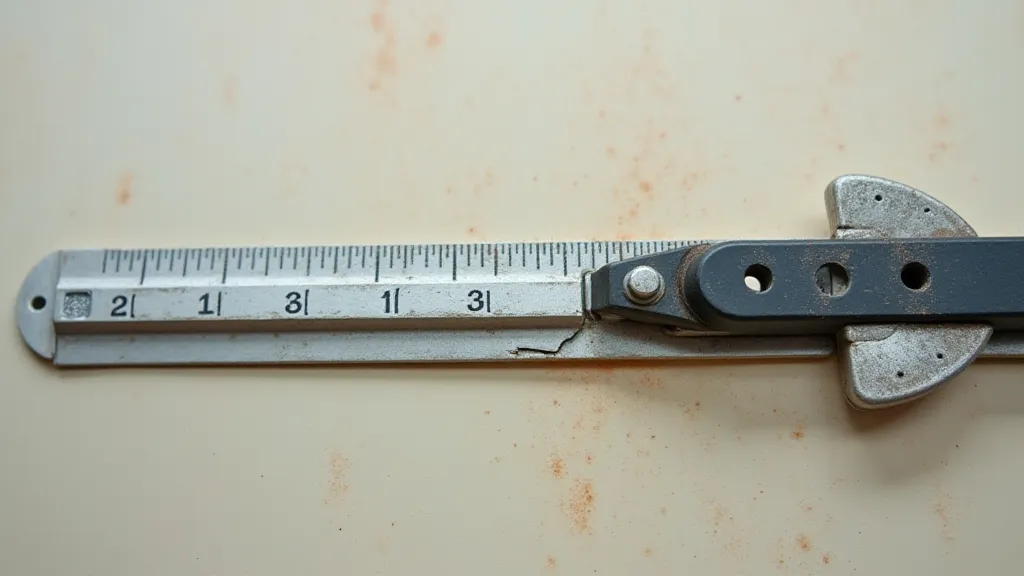
4. Scale Repair (Advanced)
Repairing damaged scales is the most challenging aspect of slide rule restoration. It usually involves carefully filling chips, repainting faded markings, and ensuring precise alignment. The mathematics behind slide rules, and the geometry they represent, can be fascinating. Many calculations can be understood as visual representations of proportion – consider exploring the beautiful intersection of calculation and artistic expression, as explored in Calculating Constellations: Slide Rule Geometry and the Poetry of Proportion.
Considerations:
- Matching Colors: Reproducing the original color of the scales can be difficult. Researching the manufacturer’s documentation or comparing to known examples is crucial.
- Precision Alignment: The scales must be perfectly aligned for the slide rule to function correctly. Even slight misalignments can lead to significant errors.
- Professional Assistance: For severely damaged scales, consider seeking the assistance of a professional slide rule restorer.
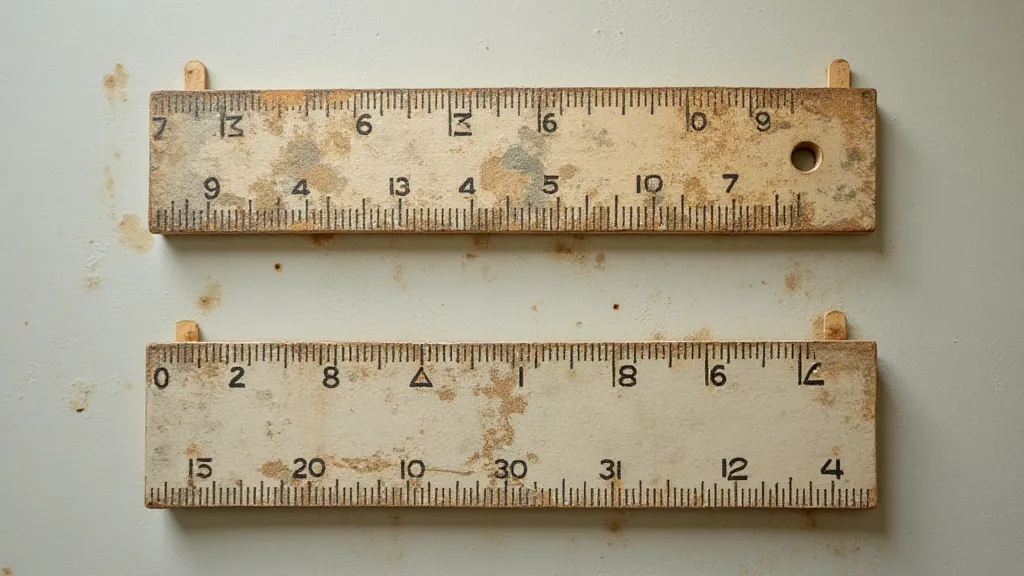
Deeper Dive: Understanding the Principles of Scale Restoration
Beyond simply replicating colors and aligning markings, successful scale restoration requires a deep understanding of the slide rule's design and intended use. Different manufacturers employed unique numbering systems and scale arrangements, reflecting their specific engineering philosophies. Attempting a restoration without this foundational knowledge risks not only inaccurate results but also damaging the historical integrity of the tool. For example, understanding how a C scale complements an A and B scale – and the mathematical principles underlying their relationship – is crucial for accurately reconstructing a damaged scale.
Addressing Common Challenges in Scale Restoration
- Faded Markings: Modern techniques like laser etching or meticulous hand-painting with specialized enamel paints can be employed to recreate faded markings. However, it’s essential to match the original font and line thickness as closely as possible.
- Chips and Cracks: Filling chips and cracks requires a material that is compatible with the original scale material and that will not shrink or expand significantly with temperature changes. Epoxy resins and specialized fillers are commonly used.
- Color Matching: Achieving an exact color match is often the most challenging aspect. Consulting original catalogs or comparing the scale to known examples is essential.
The Role of Historical Context
Each slide rule represents a snapshot of a particular era in scientific and engineering history. The design choices, materials used, and even the labeling conventions reflect the prevailing technological and cultural norms of the time. Restoring a slide rule is not merely a mechanical task; it's an exercise in preserving a piece of history. Careful consideration should be given to the original design intent and the historical context in which the slide rule was created. A detailed examination of manufacturer documentation and a comparison with other examples from the same era can provide valuable insights into the original design and intended use of the slide rule.
Tools and Materials for Scale Restoration
- Magnifying Glass or Loupe: For detailed examination of damaged areas.
- Microscope: For analyzing the original scale material and identifying compatible repair materials.
- Epoxy Resin and Hardener: For filling chips and cracks.
- Specialized Enamel Paints: For recreating faded markings.
- Fine-Tipped Brushes: For precise application of paint and resin.
- Masking Tape: For protecting surrounding areas during painting.
- Precision Alignment Tools: For ensuring accurate scale alignment.
Disclaimer: Repairing vintage slide rules requires patience, skill, and the right tools. If you are unsure about any of these steps, it is best to consult with a professional restorer.

